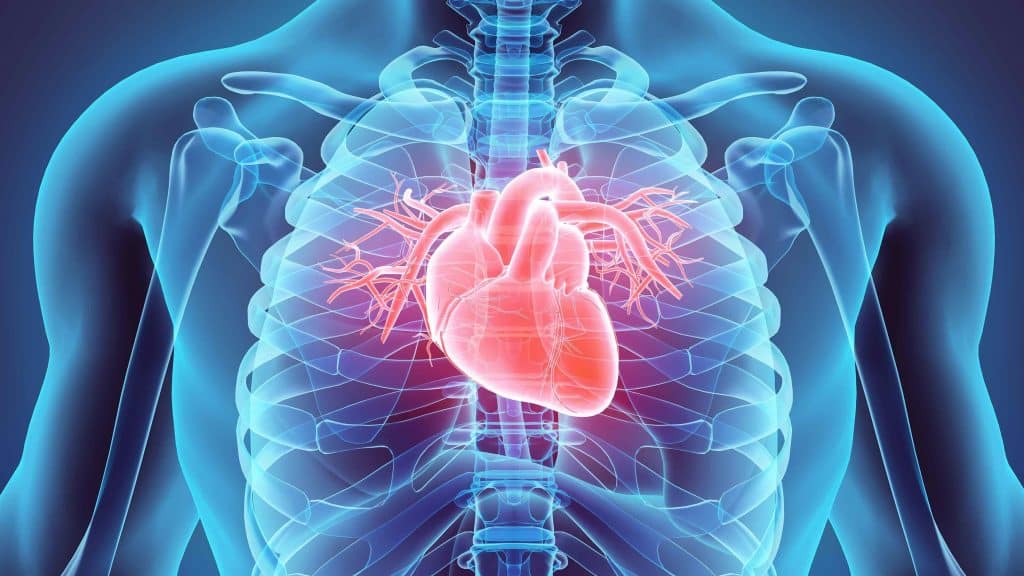Table of Contents
Patients need to seek advice from professionals at stem cell treatment facilities for heart disease to identify their viability. The recuperation time and anticipated outcomes after stem cell therapy for cardiac arrest vary and depend upon the private clients and their problem prior to the therapy. Recovery and renovation after stem cell transplant for heart failing varies by client.
At Swiss Medica, after the treatment, individuals usually experience mild irritability and swelling at the injection website, but a lot of them will certainly resume their typical activities within a few days. Heart disease take time to improve. Few modifications will be seen in the first couple of weeks. At Swiss Medica, patients generally see clinically noticeable adjustments after 36 months.

Many studies and scientific tests are still being done on stem cell therapy for cardiac arrest, and research study has actually shown that the improvement of heart function may vary. Some clients experience a substantial renovation in their lifestyle and heart performance, while others see small results that are still better than conventional treatment.
Typically, patients might experience some light inflammation and swelling at the injection website; it is temporary, and it will certainly vanish in a number of days. Moreover, after stem cell shots for coronary infarction, it is feasible for individuals to experience a general sense of exhaustion, a minimized cravings, or disinterest in food.
Regenerative injections targeting Arrhythmias now available
These are all commonly temporary negative effects as the body attempts to get used to stem cell therapy for heart failing. The expense of stem cell therapy for cardiac arrest differs significantly and depends upon the type of stem cells used, the problem, and the place of therapy. As a whole, patients expect to pay in between $10,000 and $50,000 for treatment worldwide.
Prior to proceeding, patients must seek advice from with their insurance carrier and stem cell therapy facilities for congestive heart failing to determine the monetary facets. Can stem cells treat congestive heart failing? Heart failing stem cell study continues to improve the performance of this treatment.

To guarantee safety and security and efficiency of therapy, patients need to make certain that the clinic has: The proper confirmations and credentials, Endorsements from clients that have had the therapy, Clear data on the success price, Conformity with regulatory criteria. Swiss Medica has functioned given that 2011, helping over 10,000 clients enhance their problems and developing itself as a leading medical center focusing on innovative regenerative and stem cell therapies.
Our patients consistently share their experiences at Swiss Medica. See exactly how our stem cell treatment assisted one person recover from a cardiac arrest. Get a totally free online examination to discover the anticipated results of stem cell therapy for your instance, what is the expense of the therapy, and its duration.
All about using stem cells to support Arrhythmias

UNIVERSITY PARK, Pa., according to a multi-institutional research study group.
The researchers claimed they wish to establish the organoids, which are cells composed of several cell types found in the human heart, right into a readily offered, "off-the-shelf" treatment for heart failure and other cardiovascular diseases. The concept is that the organoids can be hair transplanted right into a heart to repair damages arising from a cardiac arrest.
That capability makes human pluripotent stem cells an appealing choice for replacing damaged and dead heart muscle, the researchers said. When stem cell-derived myocytes are hair transplanted, the recipient's immune system might not identify them and activate an immune feedback. To lessen the risk of denial, the group aims to create universal benefactor stem cells.
Lian said that the proposed global contributor stem cells could likewise potentially make other sorts of restorative cells, such as beta cells to treat diabetic issues. Editor's note: A version of this short article was very first published by.
Navigation
Latest Posts
Regenerative injections targeting High Blood Pressure — what to expect
Regenerative support for Atherosclerosis using stem cells
New hope for Heart Failure that uses stem cells